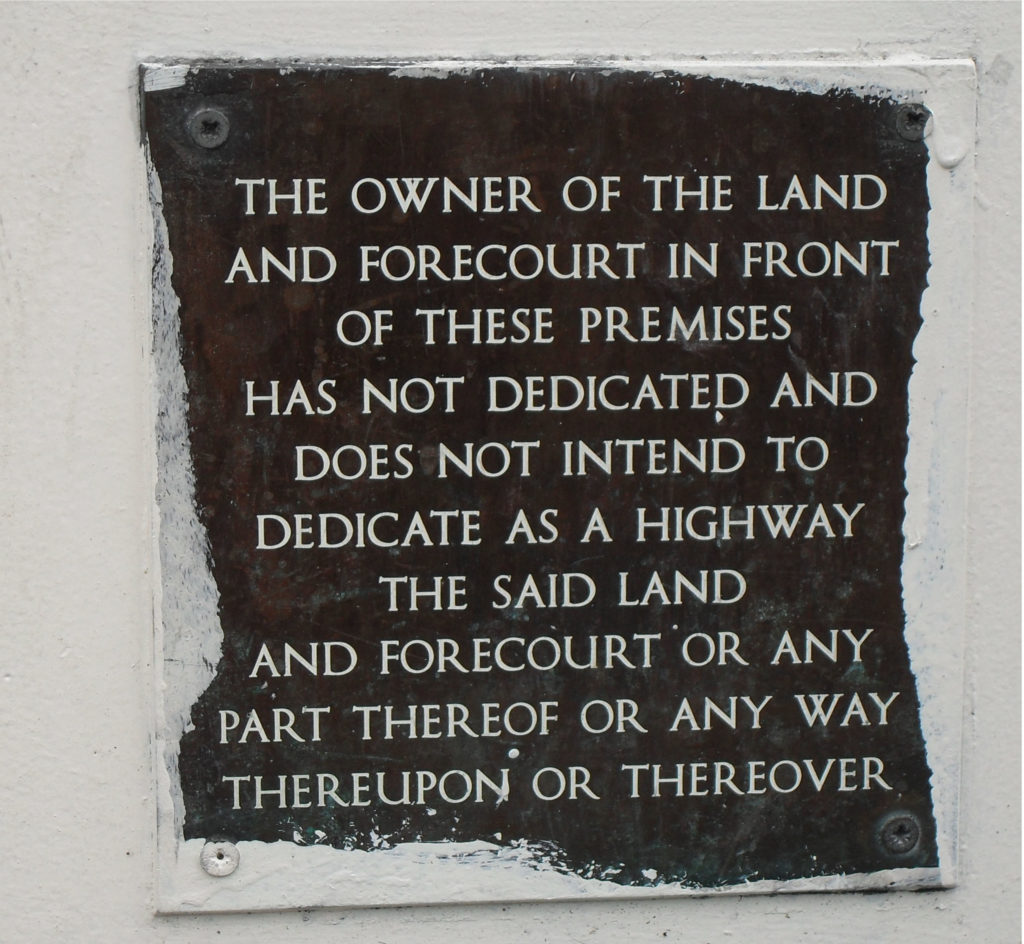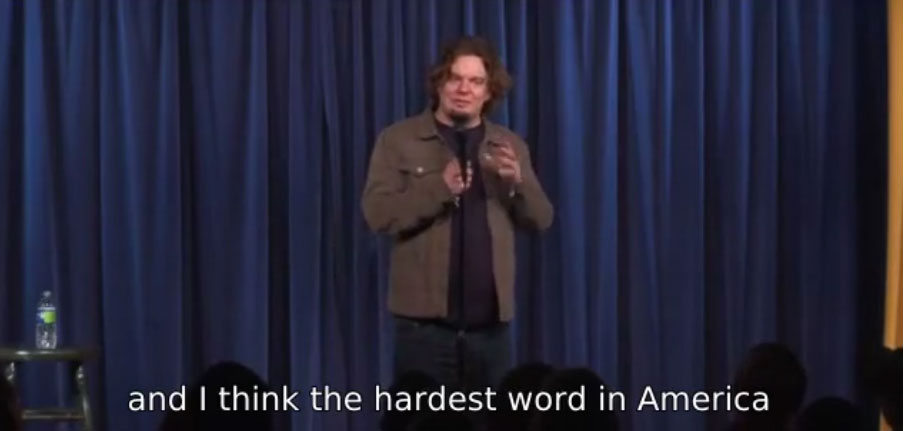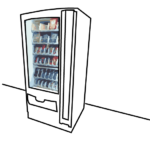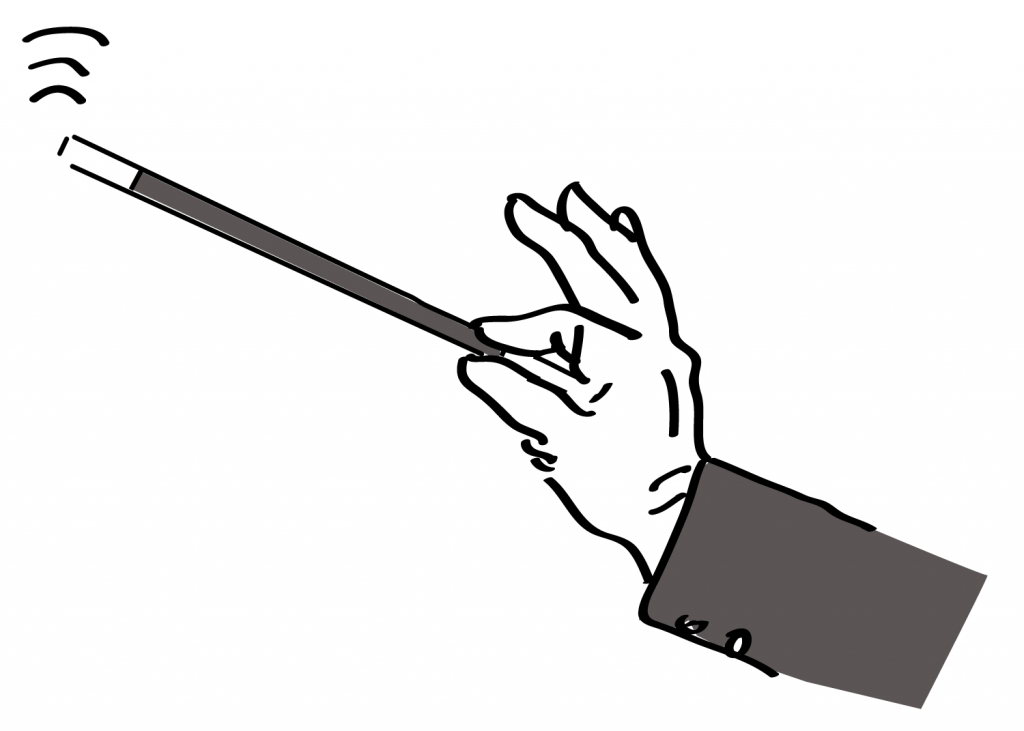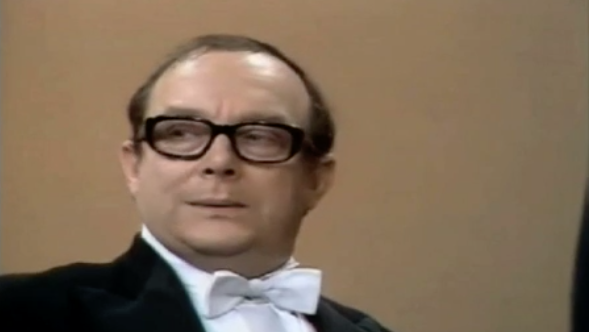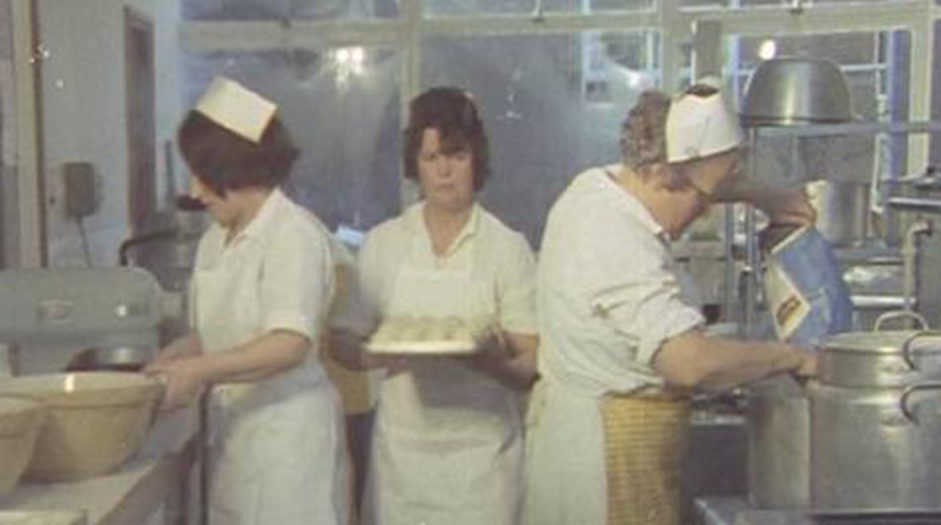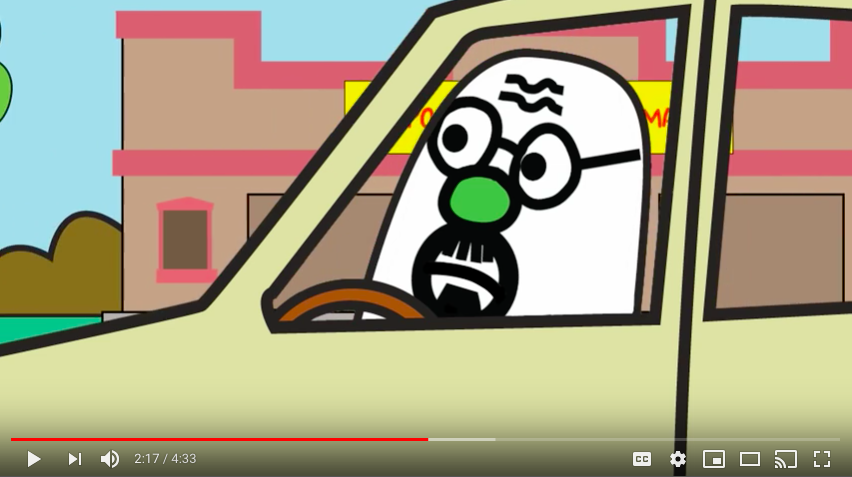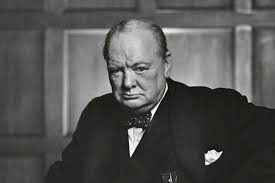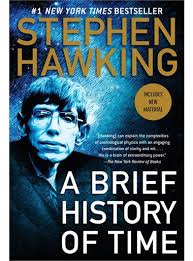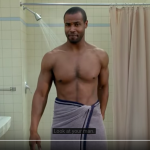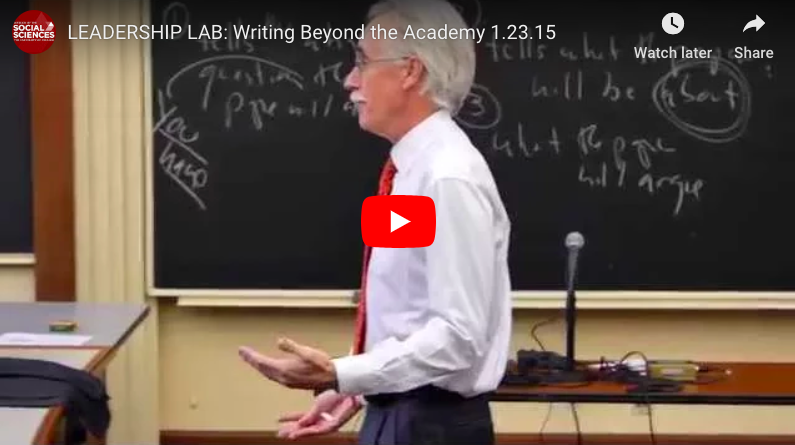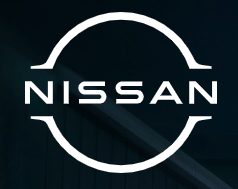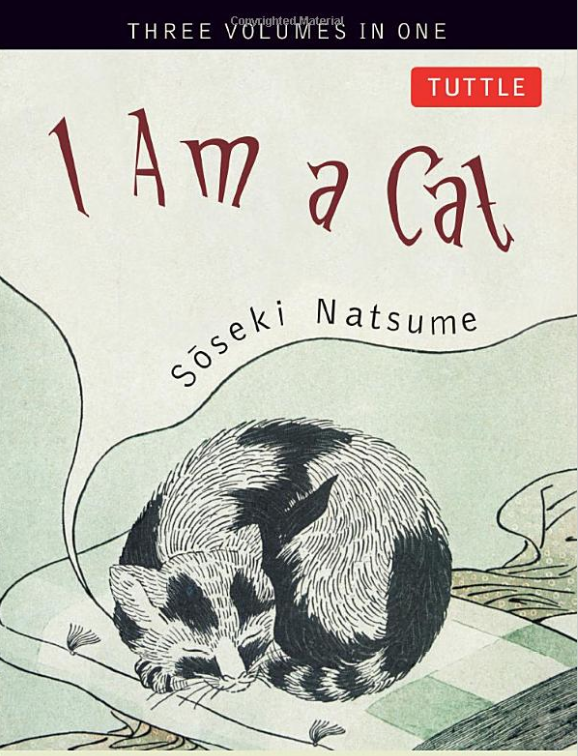What is writing about? What sort of relationship do you have with writing? If you had to draw Mr or Ms Writer, what would they look like and what would happen to him or her? Pass your drawing down two desks and write some thoughts down on what’s in front of you.
Reading out pure drivel is interesting. We read this text out aloud while standing up. We sit down when we’ve had enough then we ask the question: when and why do we give up reading? This exercise shows how a logic or flow glitch sheds readers like a leaky pipe. You can use this tool to fix any script.
What is the relationship between story, change and communication? These are three fundamental things you need to have an intuitive understanding of if you’re going to become a proficient copywriter.
What’s the change? Google Docs writing pad
What happens when someone goes to a vending machine and it drops down something other than the kit kat they selected? Answer: It propels the storyline in a whole new way.
Let’s look at something that’s as technical as it comes. Graphene. Without spending more than seven minutes on reading this nor being a quantum physicist, can you determine whether you would consider this well written? If so what make you think that?
Prints on the Gun exercise. Group investigation into the motor of writing. We take a piece of writing from a typical detective situation and ask how persuasion is operating in terms of beats. These are fundamental story units that are found everywhere. Google Prints on Gun exercise Other Speech materials

The once upon a time exercise to see what happens in the kingdom. This exercise is about feeling our way to the critical ingredients of a super simple story.
Remember your school food? Unless you lived in Sweden where people report their school food as being excellent, you’ll remember it with some mixed feelings. This exercise is simple. Write to your dinner lady and get her to change what’s on the menu. Remember, she’s not minded to change anything, but something inspiring and not too manipulative might work. Google Docs writing pad
Winston Churchill’s finest hour speech is a masterclass in structure. Probably the most famous speech in the English language it shows the power of going taking an idea to its logical conclusion.
Two presidents, two inaugural speeches, in the early mid section where the pain problem or situation gets developed. Can you guess who did which one? Spoiler alert: don’t watch the Video or transcript if you’ve not done the problem. What does this tell us about quality as opposed to what we think is quality?
Working with really simple types helps gets things clear. We do a lot of this on the course. Reducing complex multi-stakeholder interests to one dimension makes things much simpler and doable.
One way we can do the exercise is ‘Plenary and Pick’. Everyone writes a line, we pick the best, write it down, and then everyone writes the next line. We pick that and so on. It’s a lot of fun and we get to a good result quickly.
Stephen Hawking’s book sold more copies than the bible, 9 million copies in forty languages. And yet the subject matter is to say the least, quite complex. His gift is that he’s trying to help you understand, not to bamboozle you. His opening story demonstrates how the entire theme of the book can be summarised and illustrated in a single child like story.
Some brands have a clear consistent voice, and then there are all the others than merge into a great nothingness. How do brands connect with us as human beings and why are they so powerful? What is the way you speaking? What’s the role you are proposing to play in your offering? We look at the fundamental jungian archetypes and practice working with them. The complete tone workshop.
According to Larry McEnerney, University of Chicago Writing Program, every successful piece of academic writing has the same structure. It goes like this: “You and many others think X. But I’m here to tell you that you and they, are wrong.” By the end of the paper you have been sold Y. And being corrected represents the value exchange for the effort you’ve put into reading it.
A value exchange is about attention for ideas that have value. Why would you read through a document about packet switching? Because Sir Tim Berner’s Lee’s writing could tell you things that changed what you did the next morning.
One of the best ways to give value to your audience is with insights. Insights are not the same as information. Information might be “the train is late.” Insights might be “the train is often late on Sundays because they use that day to do engineering works.”
I am a Cat makes a simple but decisive change to the classic narrative point of view. It sees the world through the eyes of a cat. By doing that, we as humans see everything afresh. Especially the very ordinary family that our cat finds himself posted with. Change creates the power of the observations of our feline narrator.



